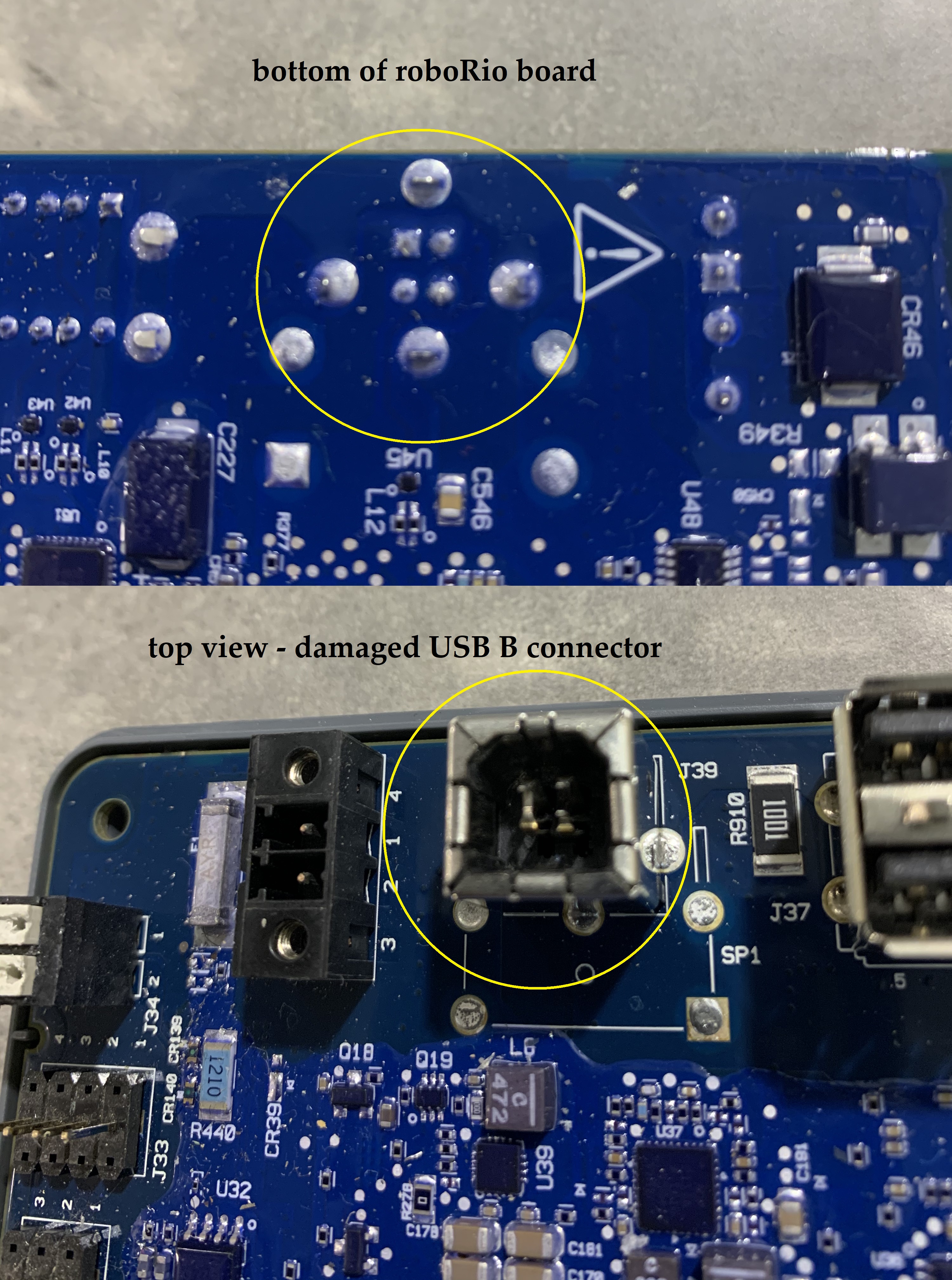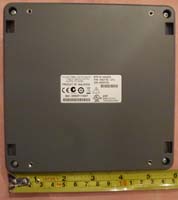

While driving toward Philadelphia the morning of the competition, I received a text message informing me that the arm on the front of the robot could move up, but never down. Having solved their radio difficulties, they were free to complete their robot.

I’d like to say this arrangement didn’t cause them any problems, but that would be very misleading. After each match, they reversed the process. Before each match, they would unplug one radio and plug in the other. They stacked them, to make reading the signal lights as difficult as possible. In a stroke of brilliance, the team mounted a second radio on the robot, one for the field and another set up like we had at home. It stood directly in the way of the Krypton Cougars’s bold plan, however. Perhaps they prepare their computer properly ahead of time, or maybe most teams just don’t do much programming after their robot is configured to go on the field. Once our robot’s radio was configured for use with the field, we could no longer connect to the robot from our laptops. The first problem brought to my attention was an old friend from previous seasons. I wasn’t in the arena the first evening and morning, with its flurry of activity, but I was kept in the loop via text message. The Krypton Cougars utilized a bold new strategy for this year’s robotics competition, and arrived at the arena with a machine that was neither mechanically complete nor programmed.


 0 kommentar(er)
0 kommentar(er)
